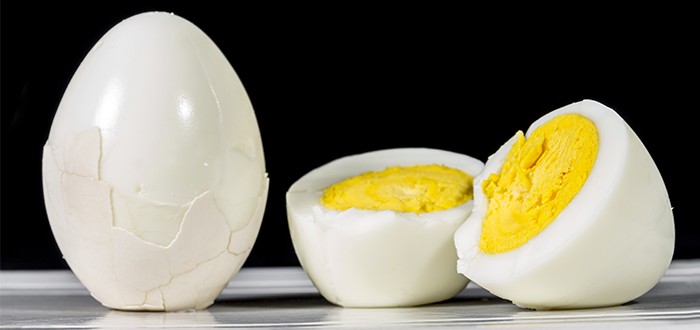An invention capable of unboiling a hardboiled egg may someday be put to work fighting cancer. Among the cancers that could be targeted is mesothelioma.
A chemist from Flinders University in South Australia writes in Nature’s Scientific Reports that his Vortex Fluidic Device could be used to prepare carbon nanotubes.
When readied, these carbon nanotubes would serve as microminiature containers for transporting a payload of drugs to each and every mesothelioma cell in your body.
The idea is that this delivery of mesothelioma drugs would be super precise. Because of this precision, each mesothelioma cell would receive an extraordinarily potent dose of medicine.
Those mesothelioma cells would therefore likely be overwhelmed and perish. But because delivery is precise, none of the drug would be carried to healthy cells. They would be unaffected and remain alive.
Vortex Fluid Device Mixes and Unmixes
The inventor of the Vortex Fluidic Device — or VFD — is Prof. Colin Raston. The British Broadcasting Company (BBC) recently talked to him about it.
As reported by the BBC, the VFD is a piece of equipment intended to improve how fluids mix together so that the resulting chemical reactions can be very tightly controlled.
The device is basically a glass test tube that sits at a slant. The tube spins at speeds reaching 9,000 revolutions per minute, according to the BBC.
While it spins, chemicals are jetted into the tube through stainless steel nozzles at the bottom. Owing to the spinning speed, highly dynamic micromixing of the chemicals occurs.
But in addition to mixing, unmixing is also possible. For example, hardboiled egg whites placed inside the tube revert to their original liquid state after a few minutes of spinning.
As Raston discovered, this unmixing capability turns out to be ideal for preparing carbon nanotubes as drug-delivery containers.
The one bad thing about carbon nanotubes is that they come out of their basic manufacturing process all jumbled together — like strands of spaghetti. They also come out in all different lengths.
To be useful as a drug-delivery container, nanotubes must first be separated. Then they must be cut down to about the length of a virus.
The VFD does both. It unravels the jumble of nanotubes and also permits easy trimming.
Raston explained the cutting process this way: “Because of the complex way liquid moves [inside the VFD] it has intense shear, and therefore it bends the nanotubes.”
He said that a near-infrared laser can be used to fire vibrational energy at each of the bent nanotubes. The vibrational energy causes each tube to separate at the point where the bend is located.
Apparently, the bend occurs at the same spot on each nanotube, regardless of its original length. The bend is also the spot where the structural integrity of the nanotube is weakest. So the laser slices right through.
Nanotubes Are Cut Very Small
In experiments conducted by Raston, he was able to consistently trim nanotubes to an average length of 170 nanometers, he told the BBC.
The way scientists have previously tried to unravel and trim carbon nanotubes is by subjecting them to various toxic chemicals.
Those chemicals actually do the job. But they also cause ruinous changes in the nanotubes’ composition. This change renders them useless as drug-delivery containers.
The BBC quoted a carbon nanostructures authority from the University of New South Wales in Sydney. He said the ability to consistently slice carbon nanotubes to a precise length represents “a real advance.”
The expert’s name is Prof. John Stride. He agreed that carbon nanotubes cut as small as those produced by Raston’s VFD may provide an “effective mechanism for drug delivery to the inner cell region.”

